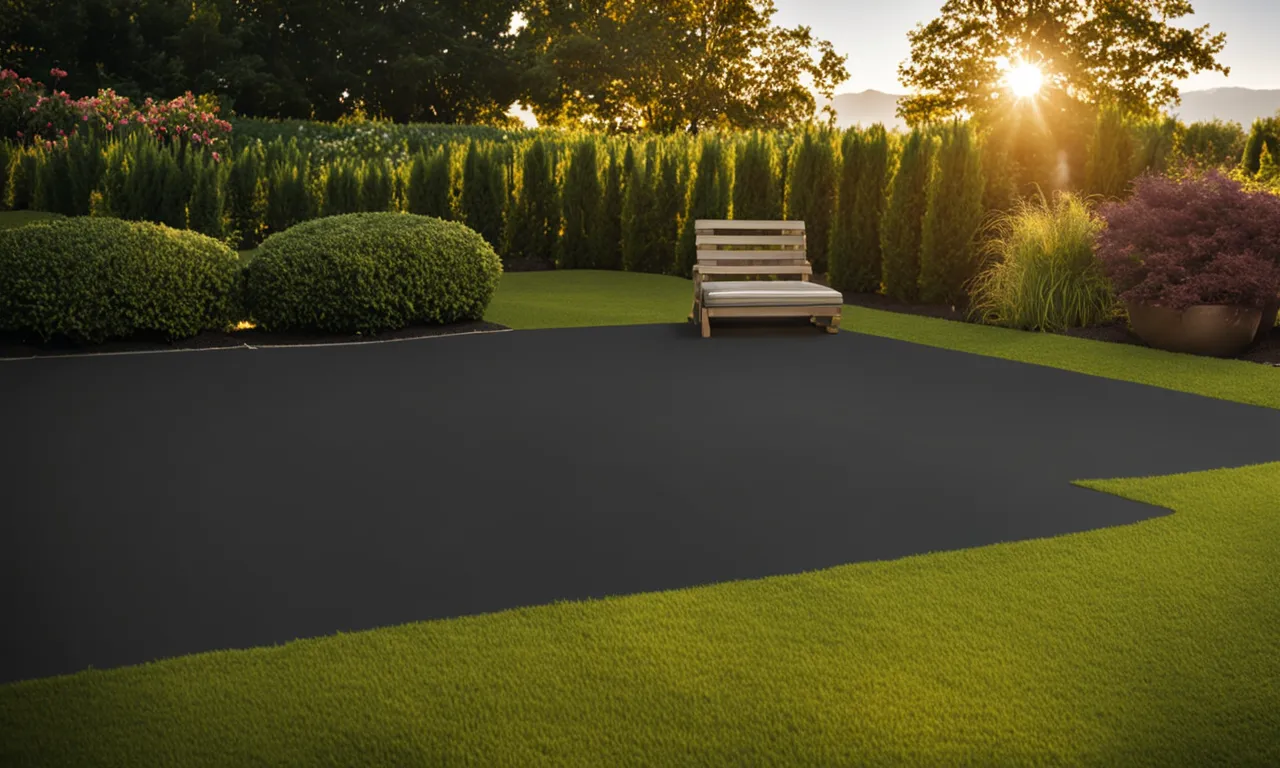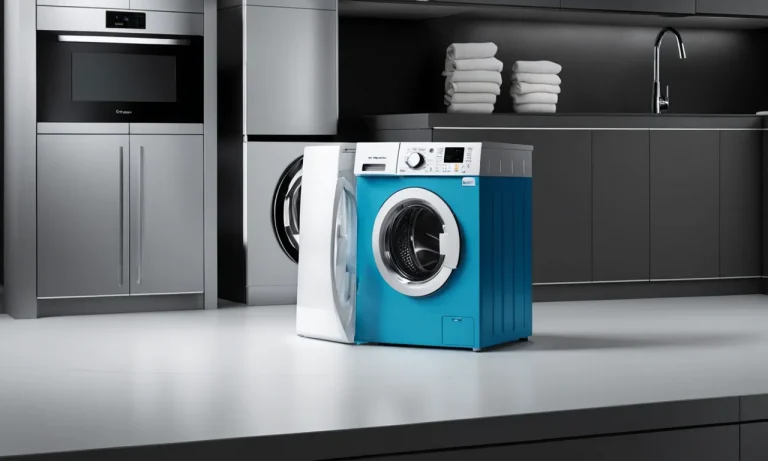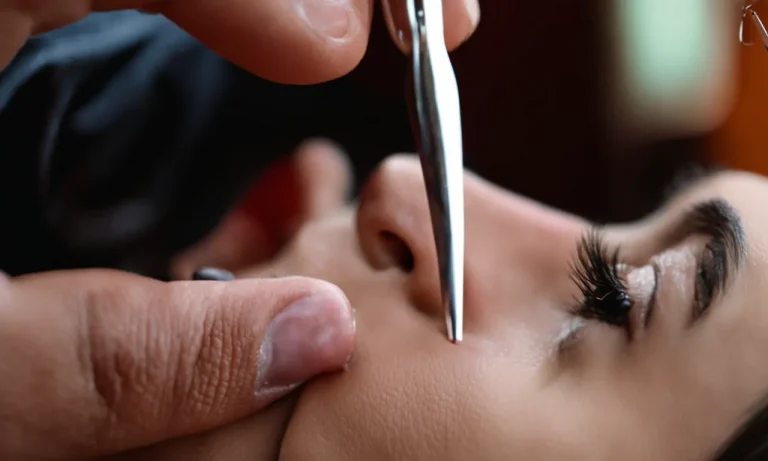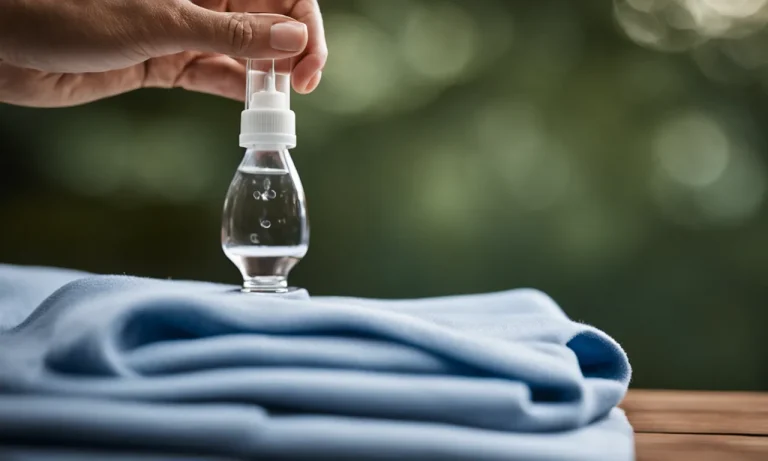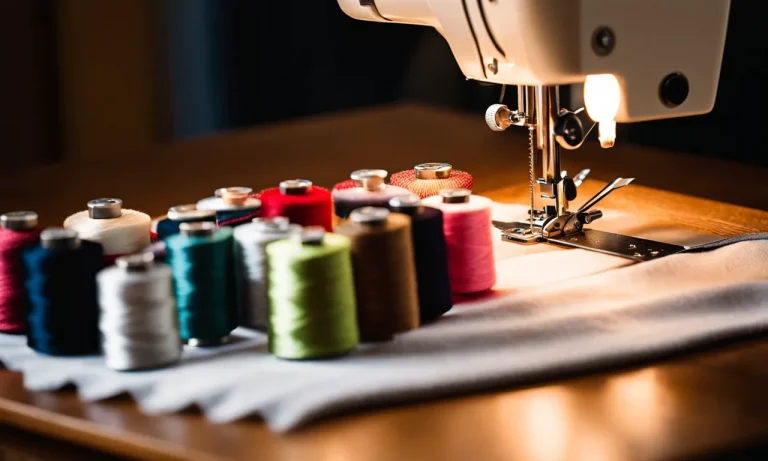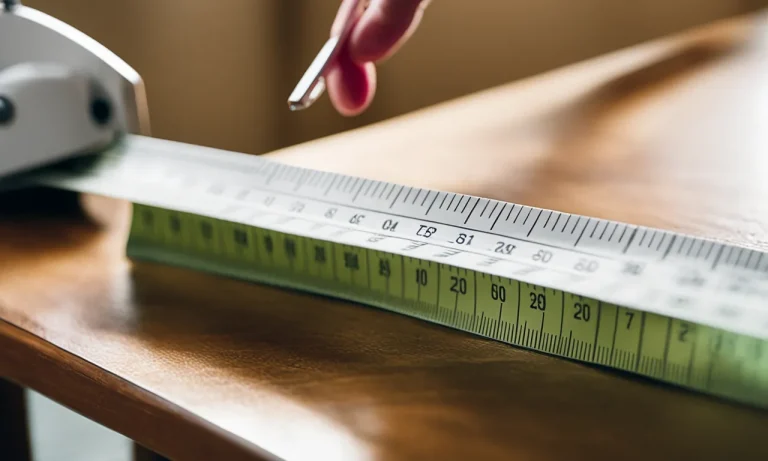What Is Landscape Fabric Made Of?
If you’re looking to put down landscape fabric in your yard or garden, you probably want to know exactly what material you’re working with. Landscape fabric has a variety of uses and can be a versatile landscaping tool if you choose the right product.
In short, landscape fabric is typically made from synthetic materials like polypropylene, polyethylene, polyester, or nylon.
This article will provide a deep dive into the various materials used to create different types of landscape fabric. We’ll cover the pros and cons of natural vs. synthetic fabrics, the most common polymers used, and what you need to consider when selecting landscape fabric for your specific needs.
Read on to become a landscape fabric material expert!
The Purpose and Benefits of Landscape Fabric
Landscape fabric is a material commonly used in gardening and landscaping projects. It serves multiple purposes and offers several benefits that can greatly enhance the overall look and health of your outdoor space. Let’s explore some of the key advantages of using landscape fabric.
Prevents weed growth
One of the primary purposes of landscape fabric is to prevent the growth of unwanted weeds in your garden or flower beds. The fabric acts as a barrier, blocking sunlight from reaching the soil and preventing weed seeds from germinating.
This not only saves you the hassle of constantly weeding, but it also helps to maintain a cleaner and more manicured appearance for your outdoor space.
Controls erosion
Landscape fabric can be used to help control erosion on sloped areas or in locations where soil erosion is a concern. By creating a stable and protective layer over the soil, the fabric helps to prevent the loss of soil particles due to wind or water runoff.
This is particularly beneficial in areas prone to heavy rainfall or strong winds, as it helps to maintain the integrity of the landscape.
Allows water, air, and nutrients to penetrate
Contrary to popular belief, landscape fabric allows for the passage of essential elements such as water, air, and nutrients. The fabric is designed with small pores that enable water to seep through, ensuring that your plants receive the necessary moisture for healthy growth.
Additionally, the fabric allows for proper aeration of the soil and facilitates the exchange of nutrients, promoting optimal plant development.
Provides cushion between hard surfaces
In areas where there is a need to create a cushion between hard surfaces, such as gravel or pavers, landscape fabric can be used. The fabric acts as a protective layer, preventing the sharp edges of these materials from directly contacting each other.
This not only helps to avoid damage to the surface below but also provides a more comfortable and stable footing for walking or driving.
Common Materials Used in Landscape Fabric
Landscape fabric is a popular choice for gardeners and landscapers to control weeds and maintain a clean and organized outdoor space. It is a permeable material that allows water, air, and nutrients to pass through while preventing the growth of unwanted plants.
There are various materials used in the production of landscape fabric, each with its own unique characteristics and benefits.
Polypropylene
Polypropylene is one of the most commonly used materials in landscape fabric. It is a thermoplastic polymer that is known for its strength, durability, and resistance to chemicals and UV rays. Polypropylene landscape fabric is lightweight, easy to install, and offers excellent weed control.
It is also breathable, allowing water and air to penetrate the soil. With its high tear resistance, it can withstand harsh weather conditions and heavy foot traffic.
Polyethylene
Polyethylene is another popular material used in landscape fabric. It is a flexible and durable plastic polymer that is resistant to moisture, chemicals, and UV rays. Polyethylene landscape fabric is commonly used in areas where water retention is desired, such as gardens and flower beds.
It helps retain moisture in the soil and reduces the need for frequent watering. Additionally, polyethylene fabric is easy to install and provides excellent weed control.
Polyester
Polyester landscape fabric is known for its strength, stability, and resistance to stretching and shrinking. It is a synthetic material that is resistant to UV rays and can withstand harsh weather conditions.
Polyester fabric is commonly used in high-traffic areas, such as driveways and walkways, as it offers superior strength and durability. It also provides excellent weed control and allows water and nutrients to penetrate the soil.
Nylon
Nylon is a synthetic material that is known for its strength, durability, and resistance to abrasion and tearing. Nylon landscape fabric is often used in heavy-duty applications, such as commercial landscaping and construction sites.
It offers superior weed control and can handle heavy foot traffic and machinery without tearing or deteriorating. Nylon fabric is also resistant to UV rays and can withstand prolonged exposure to sunlight.
Comparing Natural and Synthetic Landscape Fabrics
Natural fibers like jute, coir, burlap
Natural landscape fabrics are made from materials such as jute, coir, and burlap. Jute is a strong, durable fiber that is derived from the jute plant. Coir is made from coconut husks, which are processed and spun into fibers.
Burlap, on the other hand, is a coarse fabric made from the fibers of the jute plant.
These natural fibers are biodegradable and environmentally friendly, making them a popular choice for eco-conscious gardeners. They allow for better airflow and drainage, which can be beneficial for plant growth.
Additionally, natural landscape fabrics are often more affordable compared to synthetic alternatives.
Pros and cons of each option
When it comes to natural landscape fabrics, there are both advantages and disadvantages to consider. One of the main advantages is their biodegradability, which means that they will break down over time and integrate into the soil. This can be beneficial for improving soil quality.
Natural fabrics also tend to be more breathable, allowing for better air circulation.
However, natural fabrics may not be as durable as synthetic options. They may break down more quickly, especially in areas with harsh weather conditions. Additionally, some natural fabrics, like burlap, may have a rough texture that can be abrasive to plants.
Synthetic landscape fabrics, on the other hand, are typically made from materials like polypropylene or polyester. These fabrics are known for their durability and strength. They are resistant to decay, making them a good choice for long-term use.
However, synthetic fabrics may not allow for as much airflow or drainage as natural options. They can also trap heat, which may be detrimental to plant health in hot climates. Additionally, synthetic fabrics are not biodegradable and can contribute to waste accumulation.
Ideal uses for natural vs. synthetic fabrics
The choice between natural and synthetic landscape fabrics depends on the specific needs of your garden or landscaping project. Natural fabrics are often recommended for areas where soil improvement is a priority.
They can be used in vegetable gardens, flower beds, and areas where you want to encourage natural decomposition.
Synthetic fabrics, on the other hand, are often used in areas where long-term durability is important. They are commonly used for weed control in areas like driveways, pathways, and under decks or patios.
Synthetic fabrics can also be beneficial in areas with heavy rainfall, as they can help prevent erosion.
Ultimately, the decision between natural and synthetic landscape fabrics is a personal one. Consider the specific needs of your garden and the desired outcome when making your choice. It may also be helpful to consult with a landscaping professional for guidance.
Selecting the Right Landscape Fabric
When it comes to landscaping projects, choosing the right landscape fabric is crucial for long-term success. There are several factors to consider when selecting the perfect fabric for your specific needs.
By taking into account durability, climate conditions, water permeability, UV stability, and weight, you can ensure that your landscape fabric will perform optimally and stand the test of time.
Consider durability needs
One of the first things to consider when selecting landscape fabric is the level of durability required for your specific project. If you’re working on a high-traffic area or a heavily used garden bed, it’s important to choose a fabric that is sturdy and can withstand constant use.
Look for fabrics made of durable materials like polypropylene or polyester, which are known for their strength and resistance to tearing.
Factor in climate conditions
The climate conditions in your area should also play a role in your selection process. If you live in an area with extreme weather conditions, such as heavy rain or intense heat, it’s important to choose a landscape fabric that can withstand these elements.
Look for fabrics that are designed to be weather-resistant and can effectively protect your plants and soil from environmental stressors.
Assess pore size for water permeability
Water permeability is another important factor to consider when selecting landscape fabric. The fabric should allow water to pass through easily, preventing waterlogged soil and potential root rot. A fabric with smaller pore sizes will help to prevent weed growth, while still allowing water to penetrate the soil.
Consider using a fabric with a pore size of around 30-40 microns for optimal water permeability.
Choose UV-stabilized fabric for longevity
Exposure to sunlight can cause landscape fabric to degrade over time. To ensure the longevity of your fabric, it’s important to choose a UV-stabilized option. UV-stabilized fabrics are treated to resist the damaging effects of the sun’s rays, preventing them from breaking down and becoming ineffective.
This will help to maintain the integrity of the fabric and prolong its lifespan.
Match fabric weight to project
The weight of the landscape fabric is another consideration to keep in mind. Lighter weight fabrics are suitable for smaller projects or areas with lighter foot traffic, while heavier weight fabrics are better for larger projects or areas that will experience heavier use.
Consider the specific requirements of your project and choose a fabric weight that aligns with those needs.
By carefully considering these factors and selecting the right landscape fabric, you can ensure that your landscaping projects are successful and long-lasting. Remember to choose a fabric that is durable, suitable for your climate conditions, has the right pore size for water permeability, is UV-stabilized, and matches the weight requirements of your project.
With the right fabric in place, your landscape will thrive and provide you with years of enjoyment.
Conclusion
When it comes to landscape fabric, you now know that synthetic materials like polypropylene and polyethylene dominate the market. These polymers offer durability, versatility, and customizable properties to suit different landscaping applications.
While natural fibers have their benefits too, most landscape fabrics today rely on petroleum-based synthetics. As you select a fabric for your next project, refer to this guide to choose the right materials for your specific climate, budget, and goals.
With this deeper insight into landscape fabric contents, you can make an informed decision for your yard or garden.

